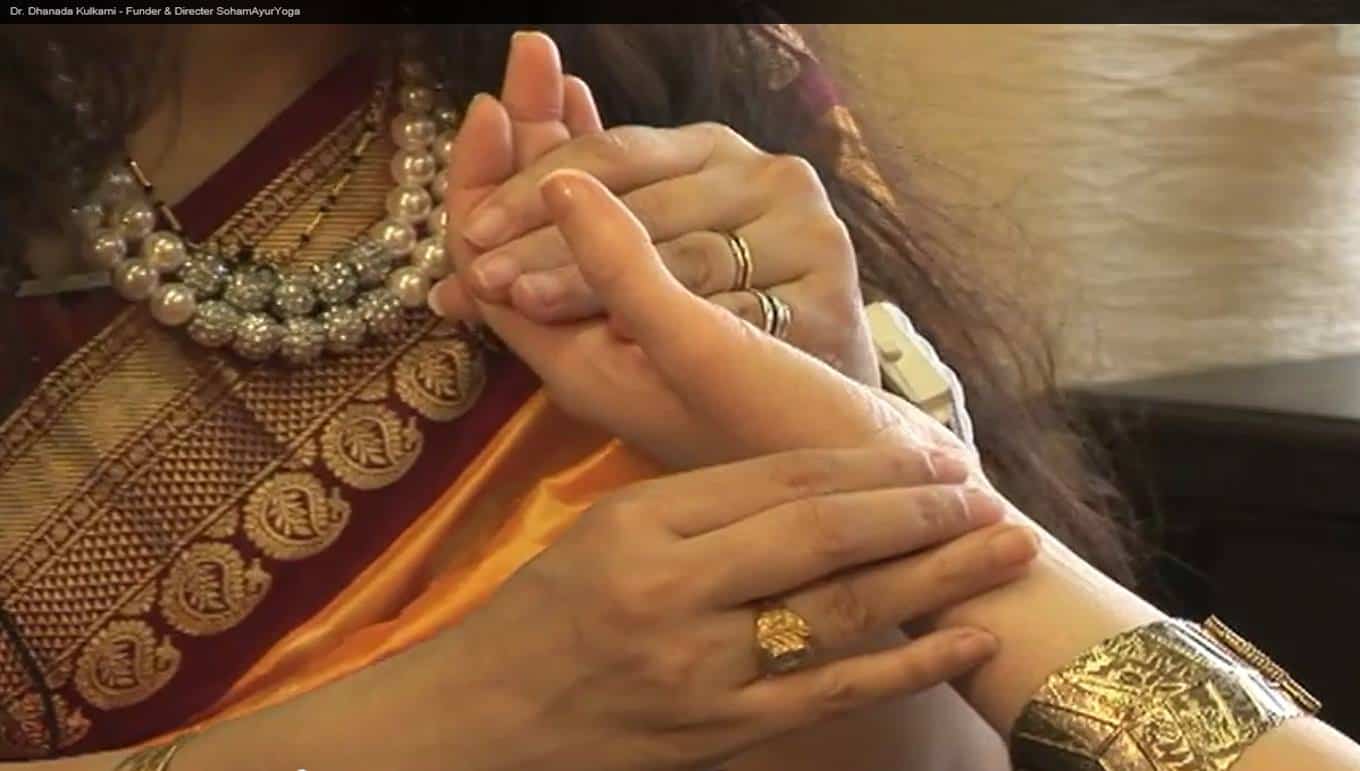Introduction
Ayurveda, the ancient system of natural healing, employs a multifaceted approach to understanding the body’s imbalances and maintaining holistic health. One of its cornerstone diagnostic methods is the “Ashtavidha Pariksha,” which translates to the Eightfold Examination. This comprehensive approach delves into various aspects of an individual’s constitution, physical condition, and overall well-being. In this blog, we’ll explore the significance and components of the Ashtavidha Pariksha and its role in Ayurvedic diagnostics.
The Eightfold Examination in Ayurveda
- Nadi Pariksha (Pulse Examination): The pulse is not just a measure of the heart’s rhythm; it’s a reflection of the body’s overall balance. Ayurvedic practitioners assess the pulse at various points to identify irregularities in the doshas, giving insights into physical and mental health.
- Mootra Pariksha (Urine Examination): Urine analysis provides valuable insights into the body’s waste elimination process and overall health. Ayurvedic experts analyze color, odor, and consistency to understand dosha imbalances and potential health issues.
- Mala Pariksha (Stool Examination): The examination of stool helps evaluate digestive health, toxin accumulation, and the efficiency of the body’s waste elimination. Abnormalities can indicate imbalances that require attention.
- Jihva Pariksha (Tongue Examination): The tongue offers clues about digestion and toxin accumulation. Practitioners assess its color, coating, and texture to gain insights into dosha imbalances and digestive health.
- Shabda Pariksha (Speech Examination): The quality and tone of speech can reveal emotional and mental imbalances. Changes in speech patterns provide insights into the influence of doshas on the mind.
- Sparsha Pariksha (Touch Examination): The sense of touch helps diagnose imbalances in the skin, muscles, and joints. Practitioners assess temperature, texture, and tenderness to understand dosha-related issues.
- Druk Pariksha (Visual Examination): Visual observation involves assessing physical appearance, posture, facial expressions, and the eyes. Practitioners can identify dosha imbalances and potential health issues through these visual cues.
- Aakruti Pariksha (Physical Constitution Examination): The body’s structure and proportions provide insights into an individual’s constitution and inherent dosha balance. Observing body type helps tailor treatment and lifestyle recommendations.
Significance of Ashtavidha Pariksha
The Ashtavidha Pariksha is a cornerstone of Ayurvedic diagnostics for several reasons:
- Holistic Approach: By examining various aspects of the body and mind, practitioners gain a comprehensive understanding of an individual’s health.
- Early Detection: The examination can identify imbalances at an early stage, preventing the progression of potential health issues.
- Personalized Treatment: Each person’s constitution is unique. Ashtavidha Pariksha allows practitioners to tailor treatments, diet, and lifestyle recommendations accordingly.
- Root Cause Identification: The examination focuses on the underlying causes of imbalances, enabling practitioners to address the root issues rather than just managing symptoms.
- Preventive Care: Regular assessments help maintain health and prevent imbalances before they manifest as diseases.
Conclusion
The Ashtavidha Pariksha is a testament to Ayurveda’s holistic approach to health and well-being. Through a thorough examination of various aspects of the body and mind, practitioners gain insights that guide personalized treatment strategies. This time-tested diagnostic method serves as a foundation for maintaining balance, preventing diseases, and promoting optimal health according to individual constitution and needs. If you’re interested in experiencing the benefits of Ashtavidha Pariksha, it’s essential to consult a qualified Ayurvedic practitioner for accurate assessments and personalized recommendations.



